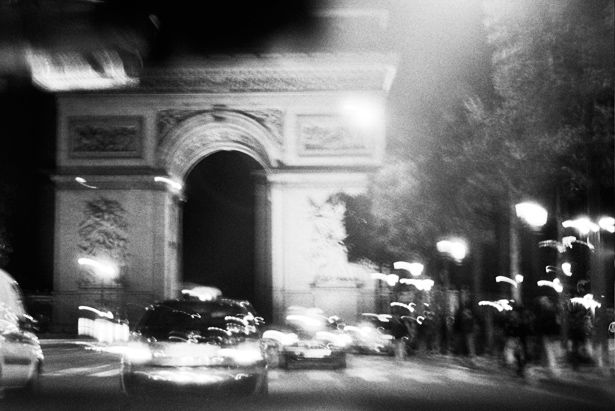Françaix and Ravel provide the highlights in Chamber Music Society’ s trip to Paris

The Chamber Music Society of Lincoln Center had an antidote for the miserable early spring weather Tuesday night; a musical tour of Paris. That was the concept of the Alice Tully Hall concert, titled “Parisian Tableau,” but the actual content was something different and more problematic.
In form, the concert was a sandwich, with two surprisingly doughy halves of a baguette surrounding a delicious filling.
The evening started and ended with two rarities, chamber concertos from Jean-Marie LeClair and Ernest Chausson, surrounding music from Jean Françaix and Ravel. Each concerto was for soloist, string quartet, and pianist (CMS co-artistic director Wu Han).
With the modern piano, LeClair’s Concerto in E minor for Violin, String Quartet, and Continuo, Op. 10, No. 5 was not completely successful. The playing was energetic and involved, but beyond soloist Kristin Lee, not particularly stylish, most prominently with the soft rhythmic attacks.
Lee herself was a bit stiff at first, perhaps tackling the music too avidly. But after the second short cadenza in the first movement, her playing was fluid and expressive, and she captured the humor of the teasing coda in the finale.
This is music, from 1745, clearly of the era when musicians like LeClair were employed at royal courts and made music that reflected those values. Yet Tuesday night’s rendering largely missed period performance ideas, especially the sound of the harpsichord.
The contrast with the closing piece, Chausson’s Concerto In D major for Violin, Piano, and String Quartet, Op. 21, was extreme. Rather than the elegance and proportion of the aristocracy, this music centers on a stolid self-importance and breathless pearl-clutching of the haute-bourgeoisie in their parlors.
Arnaud Sussmann took over as soloist for the Concerto in D, and his silky playing was supported by tremendous musical commitment and energy by the accompanying musicians. They gave so much to the performance that they whipped the crowd into a frenzy of adulation. This did nothing for the music, though, which is predictable, larded with mediocre melodies, and ignores the harmonic and formal innovations of its own late romantic era.
What a difference with the middle pieces, though, and what a welcome variety in thinking. This was the most “Parisian” music, full of the charms of the city.
Françaix’s Trio for Violin, Viola, and Cello is a delightfully amiable composition, with wit and joie-de-vivre. The performance by violinist Yura Lee, violist Richard O’Neill, and cellist Nicholas Canellakis was excellent, the constant flow of music full of verve with the cello rhythms as sharp and lively as can be. Lee and O’Neill brought out the subtle, unsuspected depths in the insouciant lyricism.
Yura Lee returned, with Wu Han, for Ravel’s faux-gypsy Tzigane. Lee played the extended solo opening with great theatricality, turning up the heat and venting the smoke on a part which is half sincere, half tongue-in-check. Ravel’s thinking and writing were so skillful that his music can accommodate even extreme interpretive exaggerations with a smile, and Tzigane is a showpiece both for a violinist’s virtuosity and showmanship.
As in the Trio, the sheer fineness of Lee’s playing was in itself exciting. With Wu Han matching her energy and attitude, Lee was masterful with both bowing power and left hand fingerboard technique. Best, and most Parisian of all, was her élan.
The Chamber Music Society of Lincoln Center presents “Wind Variations,” 7:30 p.m., April 7, in Alice Tully Hall chambermusicsociety.org